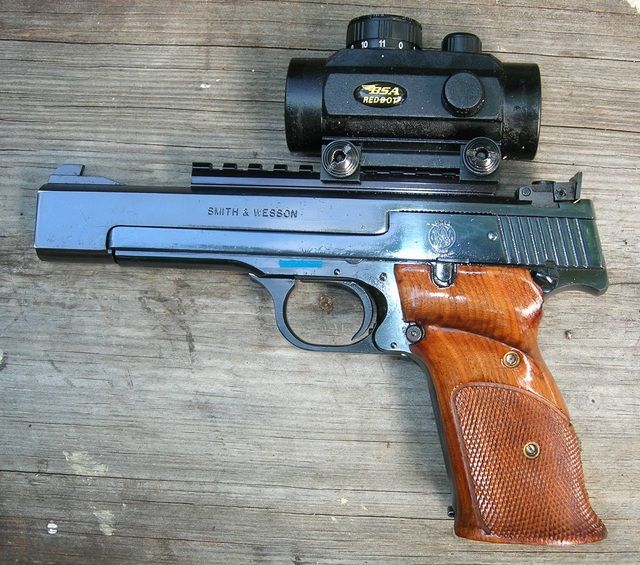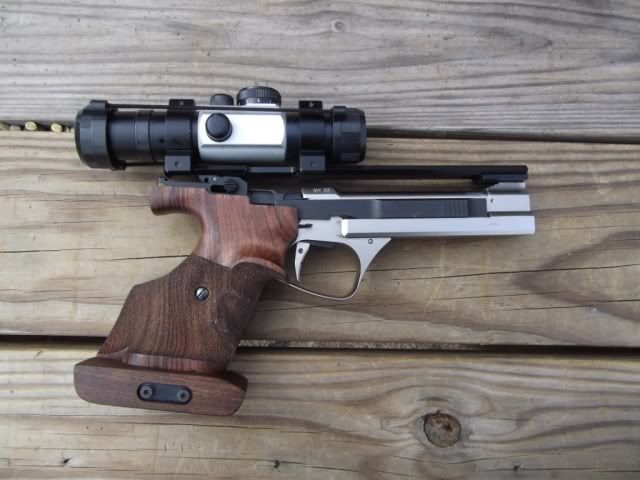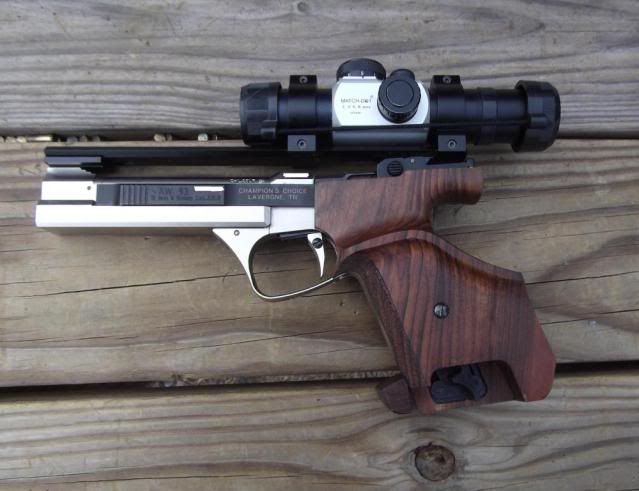I'm a new shooter and I'm sure that I flinch. My grouping is about 10 inches at 21 feet. I shoot a 357 J frame snubbie with 125gr ammo. It's about all the hotter I want to go with my round. I'm getting better and they all hit the paper. There isn't much consistency to the group. Time to tweak.
I'm curious to know how you practice NOT flinching. I practice dry-firing and want to make sure that this carries over into live ammo. It seems like the best mentality is to take a good stance, work on the front sight, and let the ammo run its course. I guess I see it more like the ammo works me, rather than I work the ammo. My job it to reset. If I want to get faster at shooting, I have to get faster at resetting--not at trying to prevent recoil by muscling through the shot.
I guess this thread could have gone in any forum, but I think that flinching has the biggest impact on shooting a pistol. Maybe I'll rethink this after firing a 30-06 or a BMG at the horizon.
Thoughts?
I'm curious to know how you practice NOT flinching. I practice dry-firing and want to make sure that this carries over into live ammo. It seems like the best mentality is to take a good stance, work on the front sight, and let the ammo run its course. I guess I see it more like the ammo works me, rather than I work the ammo. My job it to reset. If I want to get faster at shooting, I have to get faster at resetting--not at trying to prevent recoil by muscling through the shot.
I guess this thread could have gone in any forum, but I think that flinching has the biggest impact on shooting a pistol. Maybe I'll rethink this after firing a 30-06 or a BMG at the horizon.
Thoughts?



